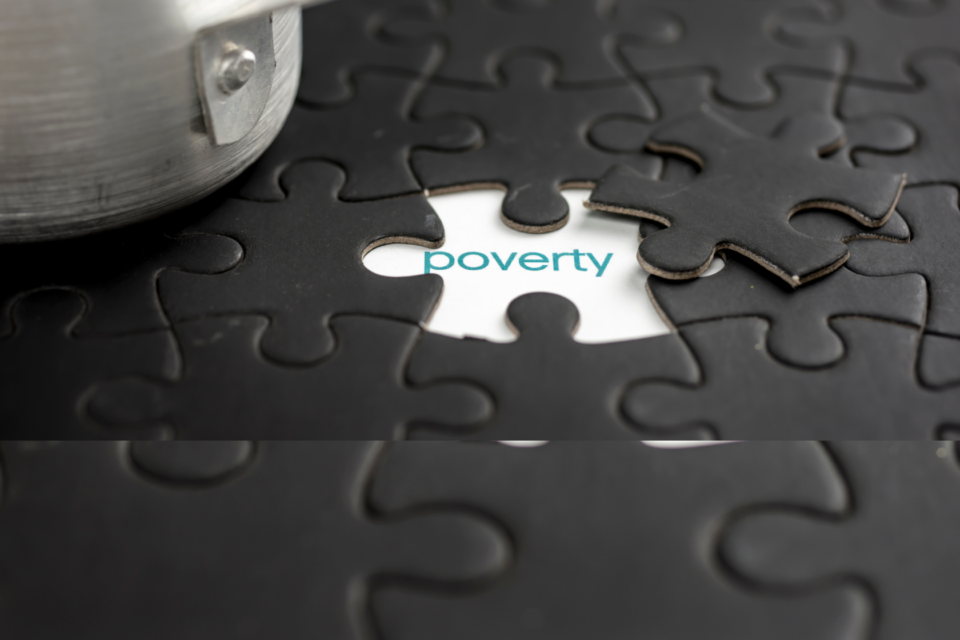In this article Dr Jenny Hall, Editor, Matflix discusses the impact and outcomes poverty has on women and their families. Touching on recent reports that evaluate there is great reason for concern: the public health needs of families are not being prioritised. Missed opportunities for care for those in more vulnerable situations are resulting in loss of life. There is no better time than now to address the poverty people are living in now.
_______________________________________________________________________________________________________________________
Poverty and maternal health – midwives as public health practitioners
It goes without saying, we are in a period of austerity in the United Kingdom. We have a winter ahead of industrial action from public services, such as the Royal Mail and rail unions, nurses, university staff and midwives balloted. We have energy and food bills rocketing, and the NHS stretched to its limits.
I don’t intend to discuss the reasons why this has happened, or the potential solutions, if I had any. Instead, recent published reports should focus our mind on the needs of those at the poorest end of the spectrum and the role of midwives in their care.
The MBRRACE report, Saving Lives, Improving mothers’ care 2018-2020, that investigates the causes of maternal deaths every three years, highlights 86% of women were lost in the postnatal period, leaving 366 children left without a mother. Past reports focused specifically on physical causes for death, such as thromboembolism, postpartum haemorrhage, and now it is understood that serious psychiatric conditions have an impact.
Within this report the stark presentation of social need is described:
- Those from the most deprived areas have the highest maternal mortality rates and are two and a half times at risk of dying
- Black women were 3.7 x more likely to die than white women (34 women per 100,000 giving birth) Asian women were 1.8 x more likely to die than white women (16 women per 100,000 giving birth
- 20% of women who died were known to social services, the same as reported for 2015-17 (20%)
- Loss of a child, including having a child taken into care, increased the chance of developing mental ill health
- 1 in 9 women had severe and multiple disadvantage
The Study by Birthrights and Birth Companions, Holding it all together (2019), state that multiple disadvantage is “where women experienced three or more complex health or social factors at the same time.” The same report indicates that the effects of this disadvantage was impacted where the women were supported through continuity of carer or specialist midwifery, a view held out by other studies, e.g. Rayment- Jones, Murrells and Sandall 2015.
The recent reports from Shrewsbury and Telford (SaTH) and East Kent point to missed opportunities for care for those in more vulnerable situations resulting in loss of babies. Lack of recognition of need and appropriate referral put both the woman and the baby at risk. East Kent particularly had an area where women had poor transport links and difficulty in accessing labour units, which was impacted further with closure of a unit. The SaTH report acknowledges:
“Women who are vulnerable in pregnancy are more likely
to be exposed to additional harm, stress and anxiety”
Recently, there is more that has come into the media. The death of the child, Awaab Ishak, from pneumonia related to asthma triggered by mould in his family flat, highlights how poor living conditions can have tragic circumstances. In addition, the levels of air pollution in inner city areas are impacting on pregnant women, where a report for the Mayor of London in 2016 is said to have pointed to exposure leading to more preterm, underweight or stillborn children and increased depression. The Global Black Maternal group are addressing this through a study, particularly for those from the Black community (pass this onto your colleagues and birthing women and people for completion).
All these things should make midwives and maternity workers sit up and take notice.
It is hard enough to meet the needs to women and babies with the staffing available, but wouldn’t it be so much better to start the process of ‘patient safety’ at the root cause – the public health needs of families? The public health role of a midwife has been well documented and is expected as health educators. It is time for managers and policy makers to work with midwives, to stop pulling midwives out of vital community based roles, as Nicole Rajan-Brown has stated in a previous Midwifery Forum article this autumn, and to stop the tide at source. Maternal health affects everyone to the end of their life – so let’s address the poverty people are living in now.
Dr Jenny Hall
Editor
MATFLIX
Twitter: @hallmum5
November 2022



